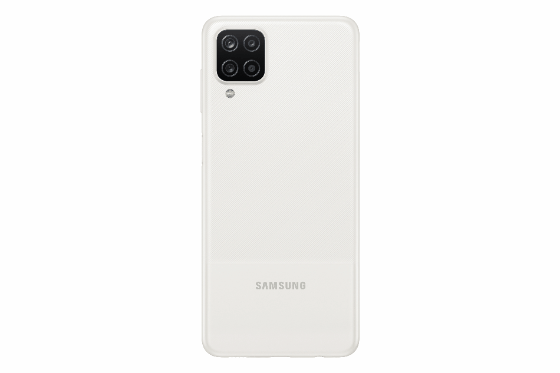Competition is intensifying in the entry-level smartphone market. As Huawei, a strong player in the mid- to low-end smartphone market, has stagnated, companies aiming for this niche are busy. There are also paving stones to target promising markets such as China and India.
The global smartphone market has been stagnating for the last two to three years. According to market research firm Counterpoint Research, global smartphone shipments last year were 1,332.5 million units, down 15% in three years.
![Samsung Electronics launched the Galaxy A21 on the 9th. [사진 삼성전자]](https://i0.wp.com/pds.joins.com/news/component/htmlphoto_mmdata/202102/13/f64f3f5e-78f0-4200-aee9-169bc90e9988.gif?w=560&ssl=1)
Samsung Electronics launched the Galaxy A21 on the 9th. [사진 삼성전자]
After the iPhone launch in 2007, the market has steadily increased, but the penetration rate of smartphones has increased. According to market research firm Pew Research, the penetration rate of smartphones in Korea exceeds 95%. Israel, the Netherlands, and the United States are also above 80%. This means that more than 8 out of 10 people in the country use smartphones.
The difference in performance between new and previous products is not noticeable due to the upward leveling of technology. Another reason is that the price of each company’s flagship (strategic product) model is 1 million to 2 million won. From a consumer standpoint, there is no reason to pay a high price and buy a new product that does not differ much from the previous product.
For this reason, companies are targeting China and India, where the penetration rate is not high yet and the market size is large. India, with a population of 1.39 billion, has a smartphone penetration rate of less than 30%. China is around 60%, but has the largest population (1.44 billion) in the world.

The global smartphone market is getting smaller. Graphic = Younghee Kim [email protected]
In particular, as the Huawei smartphone business is going downhill due to US trade sanctions, companies aiming for a niche are taking a quick step. According to the industry, Huawei’s smartphone shipments in the fourth quarter of last year were 33 million units, down 41% from the same period last year.
Huawei’s share of the smartphone market in the fourth quarter of last year was 8%. Compared to the same period last year, it decreased by 6 percentage points. Flora Tang, an analyst at Counterpoint Research, said, “Huawei, the leader in China, suffered a shortage of parts due to US trade sanctions in the fourth quarter, and sales decreased by 26% from the previous year.”
Samsung Electronics is targeting Huawei’s vacancy with the Galaxy A and Galaxy M series ahead, but its presence in the Chinese market is insignificant. In fact, there is no market share. In India, it occupies 21% of the market share, but falls behind Xiaomi (26%).

Shares of Chinese smartphone market makers last year. Graphic = Reporter Park Kyung-min [email protected]
Samsung Electronics is focusing on improving the performance of mid- and low-end lines in the Chinese and Indian markets. It is like attaching a 5th generation (5G) phone or a high-performance camera. The Galaxy A 2, released on the 9th, is a low-cost model in the range of 200,000 won, but has a large-capacity battery (5000mAh). It is the same battery as the Galaxy S Ultra with a shipping price of 1.45 million won. The rear camera has 4 (quads) including 48 million pixels.
The Galaxy A32 5G phone, launched in Europe on the 10th (local time), also has a flagship-level large-capacity battery (5000mAh), a 6.5-inch high-definition (HD+) Infinity-V display, and a 48-megapixel quad camera.
Xiaomi has set up a strategy to increase product production by expanding cooperation with EMS companies that are commissioned to produce finished products. It is the aim of increasing the market share by increasing the volume. SK Securities analyst Kim Young-woo analyzed that “India still has high potential demand, and China has a possibility of negative growth due to standby demand as demand declined last year.”
Reporter Choi Hyun-joo [email protected]
